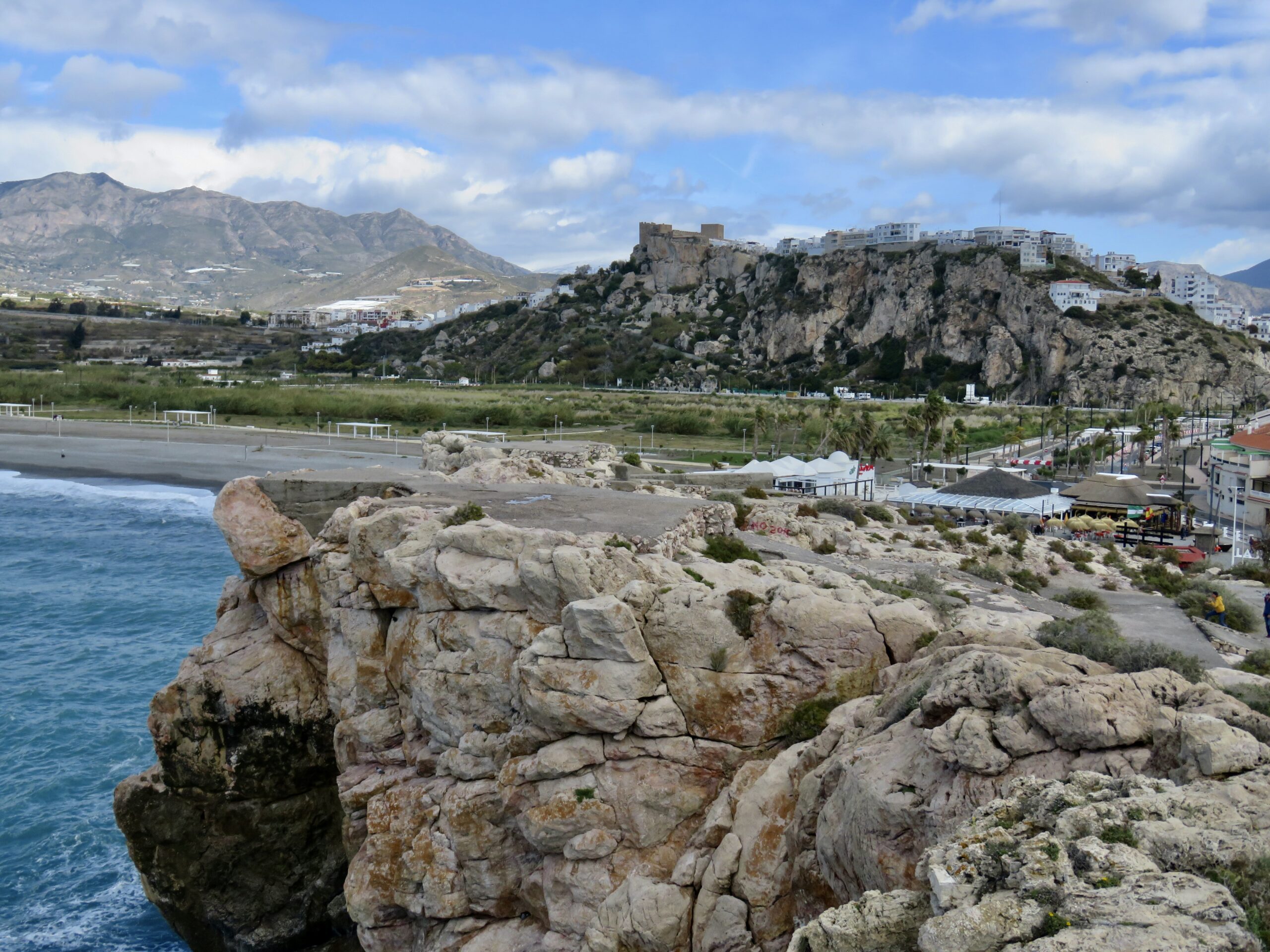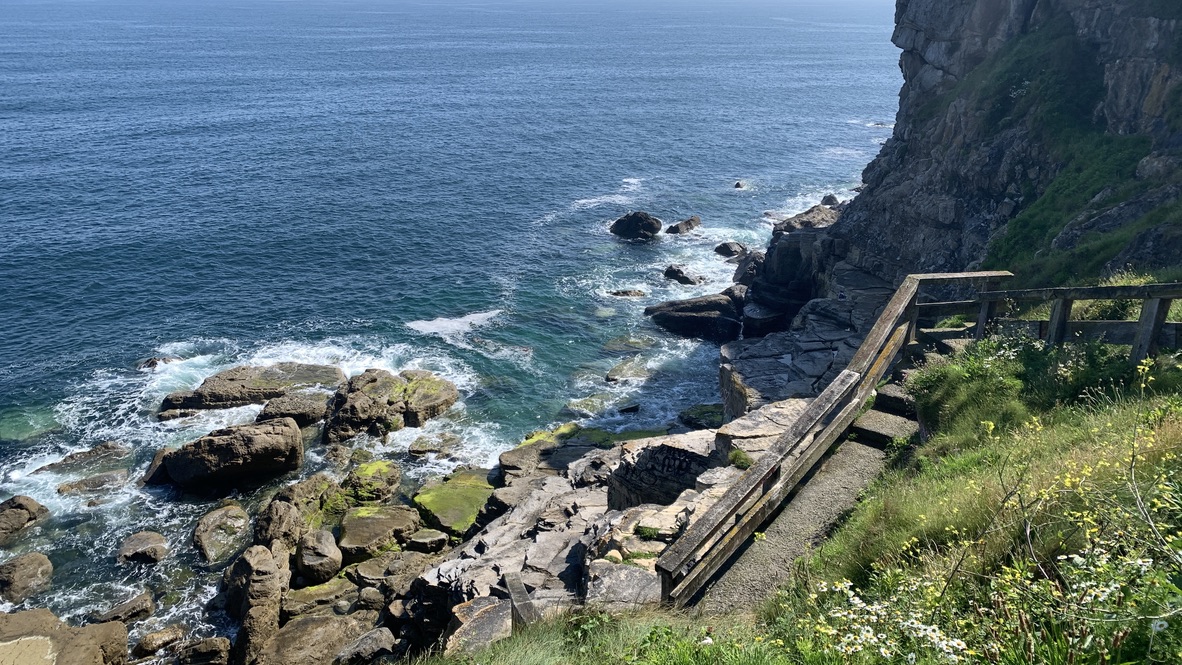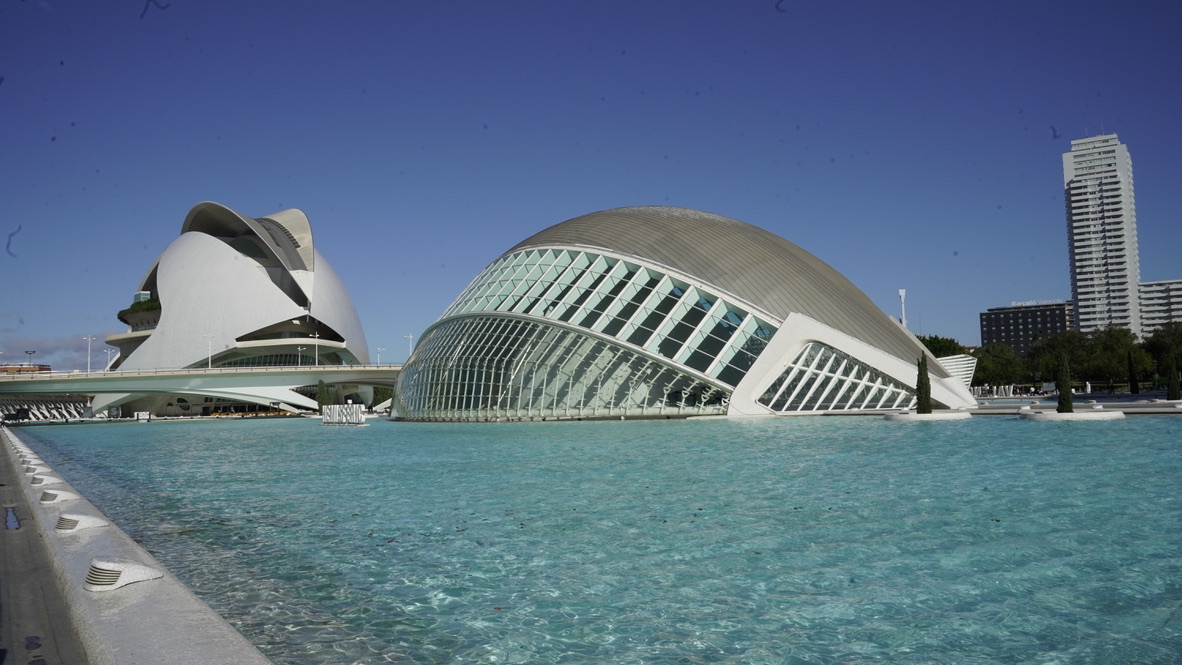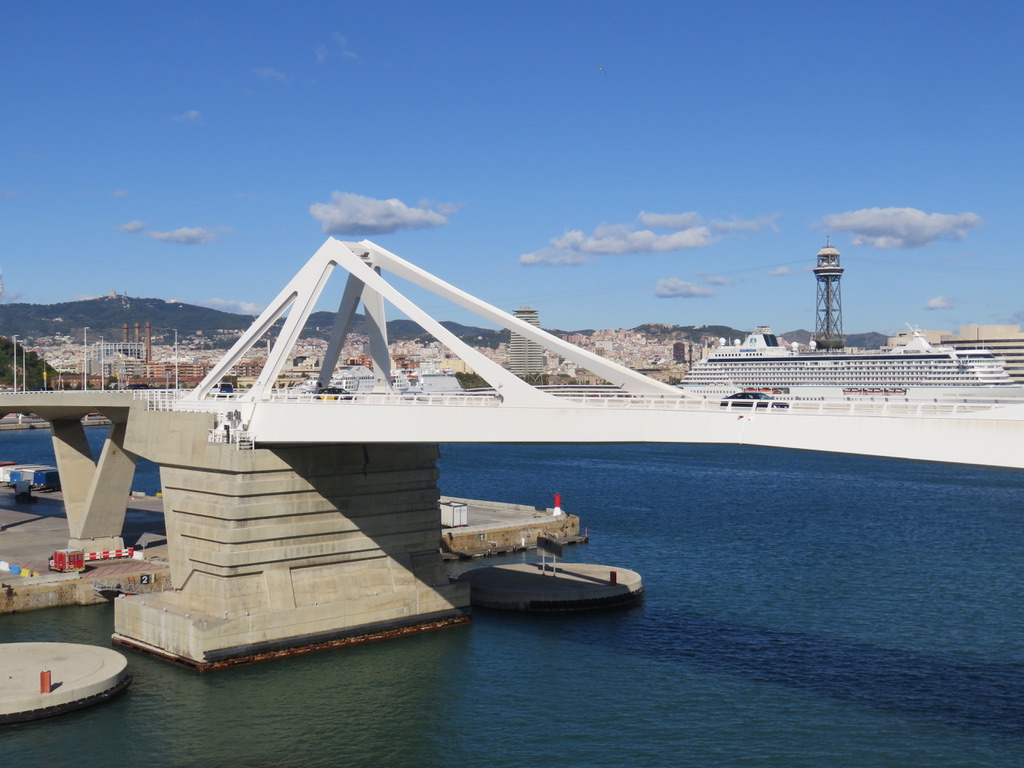The Costa Tropical, only 20 miles from the snow-capped peaks of the Sierra Nevada, is filled with historic towns that still show their Moorish influences.
Getting There and Around
The Costa Tropical, located in the southern region of Spain along the Mediterranean coast, is known for its subtropical climate, beautiful beaches, and charming towns. The main gateway to the Costa Tropical is Málaga-Costa del Sol Airport, which offers numerous domestic and international flights. The region is also accessible via Federico García Lorca Granada-Jaén Airport. The Costa Tropical is well-connected by bus services, with major routes passing through cities like Almuñécar and Motril. Renting a car is a convenient option for exploring the region, particularly for visiting smaller towns and coastal villages. Public transportation within towns includes buses and taxis, and many areas are pedestrian-friendly.
Top Attractions
- Almuñécar: The main town on the Costa Tropical, Almuñécar offers beautiful beaches, historic sites, and vibrant cultural scenes. Key attractions include the San Miguel Castle, the Roman Aqueduct, and the El Majuelo Botanical Park.
- Salobreña: This picturesque whitewashed town is set on a hillside with a Moorish castle overlooking the Mediterranean. Highlights include the Salobreña Castle, the old town, and the beautiful Playa de la Guardia beach.
- Motril: A bustling town known for its port and sugarcane history. The Sugar Museum, the Pre-Industrial Sugar Cane Museum, and the beaches of Playa Granada and Playa Poniente are must-sees.
- Nerja: Located just outside the Costa Tropical but often included in visits, Nerja is famous for its stunning beaches and the Nerja Caves, featuring impressive stalactites and stalagmites. The Balcón de Europa offers breathtaking views of the coastline.
- La Herradura: A charming coastal village known for its beautiful horseshoe-shaped bay, ideal for water sports such as diving, sailing, and kayaking. The Cerro Gordo Natural Park nearby offers hiking and stunning views.
Culture and Cuisine
The Costa Tropical’s cultural heritage is influenced by its coastal and Andalusian geography, offering a mix of maritime and rural traditions. The region is known for its vibrant festivals, such as the Virgin of Carmen festival in Almuñécar, which celebrates the sea with parades, music, and fireworks.
Costa Tropical cuisine is characterized by its emphasis on fresh seafood, local produce, and tropical fruits. Must-try dishes include pescaíto frito (fried fish), gambas al pil-pil (garlic shrimp), tropical salads featuring local avocados and mangos, and paella. The region is also famous for its tapas culture, offering a variety of small dishes to enjoy with drinks. Don’t miss trying chirimoya (custard apple), a tropical fruit grown in the area, and local wines from the Granada wine region.
Shopping
For shopping enthusiasts, the Costa Tropical offers a mix of local boutiques, specialty stores, and artisan markets. Almuñécar’s old town and the Municipal Market are great for finding unique souvenirs, fashion, and local crafts. Salobreña’s market offers fresh produce, local delicacies, and handcrafted goods. Local markets, like the Almuñécar Friday Market, are perfect for buying fresh produce, local delicacies, and artisanal goods.
Day Trips
The Costa Tropical’s diverse landscape and rich history make it ideal for day trips:
- Las Alpujarras: A stunning mountainous region with picturesque whitewashed villages, terraced hillsides, and hiking trails. Towns like Pampaneira, Bubión, and Capileira are well worth a visit.
- Sierra Nevada: Known for its ski resorts and natural beauty, Sierra Nevada offers activities such as skiing in winter and hiking, biking, and wildlife watching in summer.
- Frigiliana: A beautiful whitewashed village near Nerja, known for its narrow, winding streets, Moorish architecture, and stunning views of the surrounding countryside and coast.
- Granada: While not on the coast, Granada is close enough for a day trip and offers the stunning Alhambra Palace, the historic Albaicín neighborhood, and vibrant cultural experiences.
Practical Tips
- Best Time to Visit: Spring (April to June) and Fall (September to November) offer mild weather and fewer tourists. Summers are hot and ideal for beach activities, while winters are mild but less crowded.
- Language: Spanish is the official language. While English is spoken in tourist areas, learning some basic Spanish phrases can enhance your experience and interactions with locals.
- Safety: The Costa Tropical is generally safe, but as with any tourist destination, be mindful of your belongings in crowded areas and tourist sites to avoid pickpocketing.





